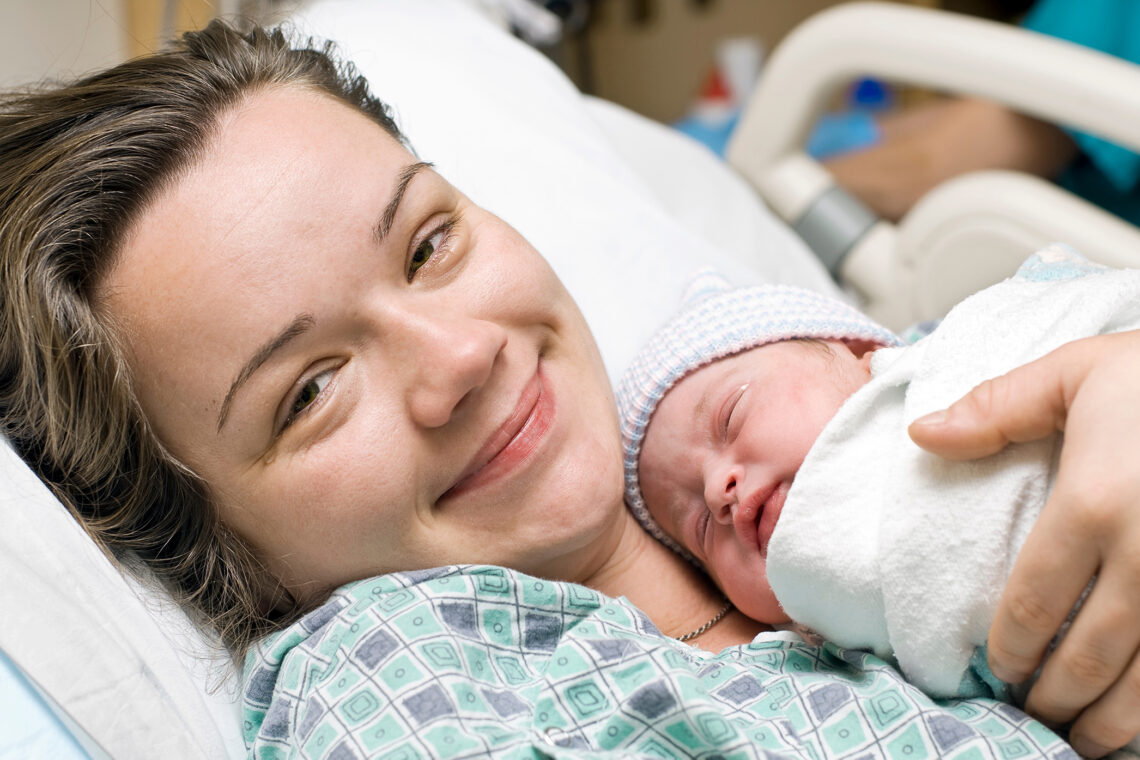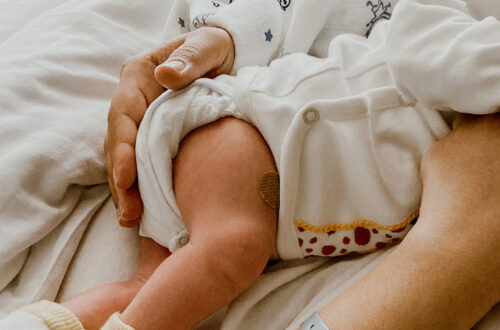
Community Loss
Help Save Watsonville Community Hospital
Not only is it the place most babies are born, but it provides invaluable emergency services countywide.
By TONY NUÑEZ
When news broke late last year that Watsonville Community Hospital was facing imminent closure there was a panic among people that understood what the loss of the 106-bed acute care facility would mean for local health care. Quickly, a coalition of public entities and nonprofits—now known as the Pajaro Valley Healthcare District Project—formed to purchase the hospital and stave off what would have been a catastrophe for the Central Coast.
The hospital employs 620 people and has a medical staff of over two hundred physicians. It provides a range of services to roughly 70,000 residents in the Pajaro Valley, including an emergency room, OB-GYN, pediatrics, medical-surgical care, wound care, gastroenterology, orthopedics and cardiovascular care. And it provides these services to some of the most vulnerable populations: Around 80% of its patients are on MediCal and Medicare—this includes older adults living on fixed income, and blue-collar workers and their families that are the foundation of our service and agriculture industries.
In addition, Watsonville Community Hospital delivers more babies than any other hospital in the county.
Leadership from the County of Santa Cruz, City of Watsonville, Community Health Trust of Pajaro Valley and Salud Para La Gente have raised roughly 75% of the $63 million needed to complete the purchase of the hospital by a fast-approaching Aug. 31 deadline.
Jurisdictions such as Santa Cruz ($5.5 million) and Monterey ($3M) counties have already chipped in. So, too, have health care organizations: Kaiser Permanente ($3M), the Central California Alliance for Health ($3M), Stanford Children’s Hospital ($1M), Blue Shield of California ($1M), and Dominican Hospital ($300,000) have all contributed. And, not to be outdone, the Pajaro Valley community—and the greater Santa Cruz County—has also pitched in. Driscoll’s berry company ($1.75M), Dobler & Sons ($100K), the hospital’s medical staff ($55K), the Chinese Community of Watsonville ($50K), Rowland and Pat Rebele ($50K), and the Simpkins family ($50K) have all made significant donations.
Along with these monetary investments, our state representatives have pulled off Herculean tasks to get us to this point. This includes State Senators John Laird and Anna Caballero, and Assemblymembers Robert Rivas and Mark Stone.
In all, around 300 donors, advocates and contributors—big and small—have realized that losing Watsonville Community Hospital would be devastating for our region.
Three months ago I was appointed by the County’s Board of Supervisors to the Pajaro Valley Health Care District (PVHCD), the new public agency tasked with providing oversight of the hospital once the purchase is completed. I serve alongside John Friel, former CEO of Watsonville Community Hospital who has overseen multiple California health care district hospitals; Jasmine Nájera, licensed clinical social worker with 20 years of experience working for the Santa Cruz County Health Services Agency; Dr. Katie Gabriel-Cox, OB/GYN Chief of Watsonville Community Hospital and with Salud Para La Gente; and Marcus Pimentel, fiscal expert and a former Board member of Salud Para La Gente currently serving as Budget Manager for Santa Cruz County.
Together, we have worked tirelessly with a stellar group of consultants to complete the purchase of the hospital. Importantly, we believe we have a clear, strong, and achievable roadmap to not only buy the hospital but turn it around after more than two decades of jarring administrative turnover and ensure that Pajaro Valley residents have access to the health care that they deserve.
Some of the initiatives we plan to implement to increase revenue include strengthening billing procedures, resulting in reduced denials of payments; adjusting the hospital’s billed charges to better align with insurance reimbursement; and renegotiating commercial insurance contracts.
Initiatives relating to decreasing expenses include improving in cost of supplies; aligning physician payments to market rates; and more efficient staff scheduling. Other initiatives include subletting of vacant non-hospital space; using excess space for skilled nursing, rehabilitative services, or behavioral health care; and building volume through physician recruitment and health care partnerships.
The hospital has undergone 21 administrative turnovers in as many years. This volatility has made it all but impossible to adequately serve the community and run a sustainable operation. Our new not-for-profit model will give us access to funding sources that were previously unavailable to the hospital, and it will give the community oversight of the direction of the hospital. Perhaps most importantly, it will also guarantee that all of the profits will be reinvested back into the facility and the community.
If you have not yet donated, I urge you to do so. Don’t think of your contribution as charity. Rather, think of it as an investment into a promising startup that will provide a sustainable service. Because of our hard-working, nose-to-the-grindstone mentality, we Pajaro Valley residents don’t often ask for help. But this situation is the exception. We need help to accomplish this feat. I’m asking everyone in Santa Cruz County—and the greater Central Coast and Bay Area—to help us complete the purchase of Watsonville Community Hospital. The health of your neighbors, coworkers, employees, friends, and family depend on it.
Tony Nuñez is a member of the Board of Directors for the Pajaro Valley Health Care District, regional newspaper editor and lifelong resident of Watsonville. Contact Nuñez at [email protected]. For information on the health care district, visit PVHCD.org. To donate to the Project, visit PVHDP.org.






